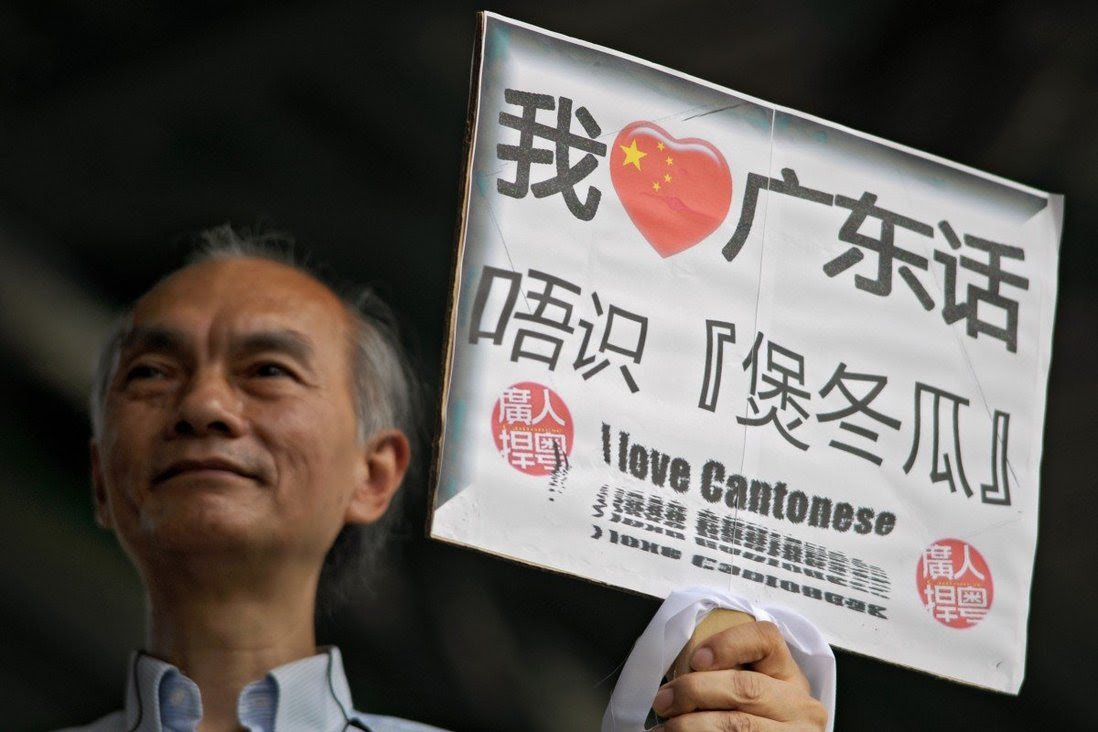[The following is a guest post by Georgi Mladenov]
I am another student who seems to have hit a brick wall in learning Mandarin, and I would like to ask you for advice. I have thoroughly read most of your forum posts and I totally share your opinions on language learning, especially as expressed in this post.
Your post captures my situation in its entirety. "The first year of learning Mandarin was pure torture in the classroom" – it feels as if I had written that! In short, I have been studying Chinese in Taiwan for more than a year. I am fluent in English, German, Russian and Bulgarian, I have a B2 level in Polish, Spanish and Serbian, my French is quite good, my Latin is quite decent, and I also know some Hungarian.
However, my disappointment with Chinese teaching methods has been growing daily. No matter what language I learned, the main focus of any beginner's course has always been on pronunciation and mastering any peculiar "tricky" sounds. Not here, though. I personally know quite a few people who have passed TOCFL Level 3 and 4 (reading and listening) and still have no tones! Or students who still say "zh" instead of "z", or "s" instead of "sh", not to mention that many students do not differentiate between "zh" and "j", "sh" and "x", "ch" and "q". And most teachers still try to persuade us how bad Pinyin is.
Read the rest of this entry »

